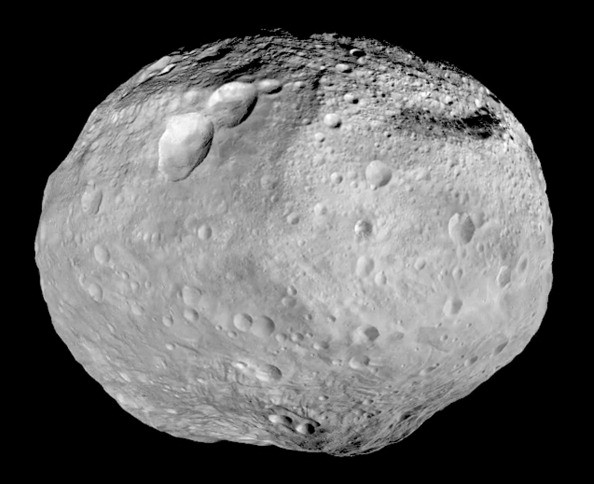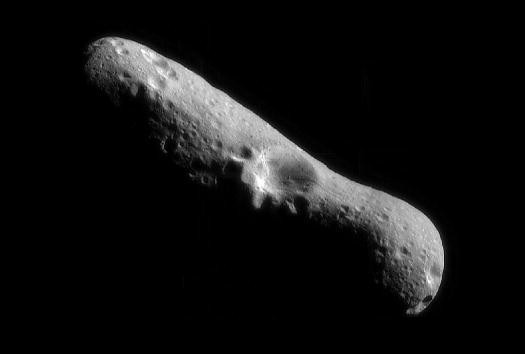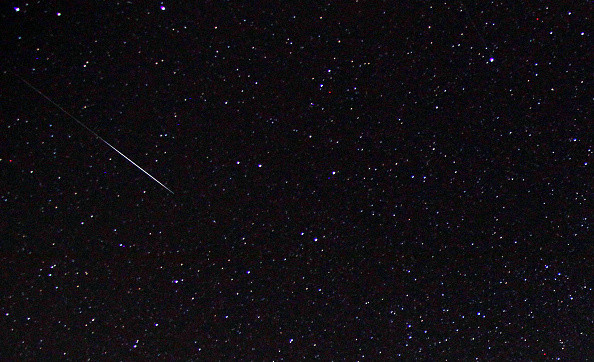Asteroid day 2016: Ten facts about the celestial bodies on the eve of the global event
These 'minor planets' are rocky, airless objects that orbit the Sun.
For the second year in a row, people across the world will celebrate Asteroid Day on 30 June. The date marks the anniversary of the largest asteroid impact in recent history, the 1908 Tunguska event in Siberia.
With live-streamed conferences, discussions with astronauts, and Q&A on social media, the global event aims to raise awareness about asteroids and educate people about what can be done to protect their planet and their communities from future major asteroid impacts.
For the occasion, IBTimes UK has come up with the main facts about these "minor planets".
Facts about asteroids
1) Asteroids are small, rocky, airless bodies that orbit our sun and populate interplanetary space out to the orbit of Jupiter. They are considered to be leftover fragments from the formation of the solar system.
2) Asteroids are often referred to as "minor planets" because they are too small to be called planets – they are in fact smaller than moons. They range in size from 950km in diameter (590miles) to less than a kilometre (less than 0.6miles). In contrast, the diameter of our Moon measures 3,474 km.

3) There are millions of asteroids in the solar system. Tens of thousands of these minor planets are found in the main asteroid belt, a vast ring between the orbits of Mars and Jupiter. However, some asteroids can pass close to Earth and are called near-Earth objects.
4) There are three types of asteroids: the chondrite, stony and metallic types. Chondrite asteroids, also known as C-type asteroids, are primarily made up of clay and silicate rocks. The stony type (S-type), is made up of silicate and nickel-iron and the metallic type (M-type) is made up of nickel-iron and other precious metals such as platinum, gold, or magnesium. Some asteroids may also contain water.

5) Whether a specific asteroid belongs to one of these categories depends on how far from the Sun they were formed in the early solar system. C-type meteorites for example are believed to have formed closer to the Sun.
6) All the asteroids of the solar system have a total combined mass that is less than that of our Moon.
7) A total of 11 missions have been launched by Nasa to study asteroids. Scientists are eager to learn more about them because it could yield clues about how our solar system was formed.
8) Some asteroids have moons of their own. It is known that more than 150 asteroids have little "companion moons". Some asteroids also have rings – one asteroid called Chariklo is known for having two dense and narrow rings.

9) The best-known asteroids are very large ones: Ceres, which is more than 950km across, Pallas, with a diameter of 544km, and Vesta, 580km across. Ceres is particularly interesting because it has a rocky core and a icy outer crust and may have an internal ocean.
10) More than 100 tons of material from asteroids and comets is thought to fall towards the Earth daily but most of it is destroyed by friction as it passes through our atmosphere. A meteor is an asteroid or other object that burns upon entry into the Earth's atmosphere, but if it survives the plunge through the atmosphere and lands on the surface of the Earth, it's known as a meteorite.
© Copyright IBTimes 2025. All rights reserved.






















